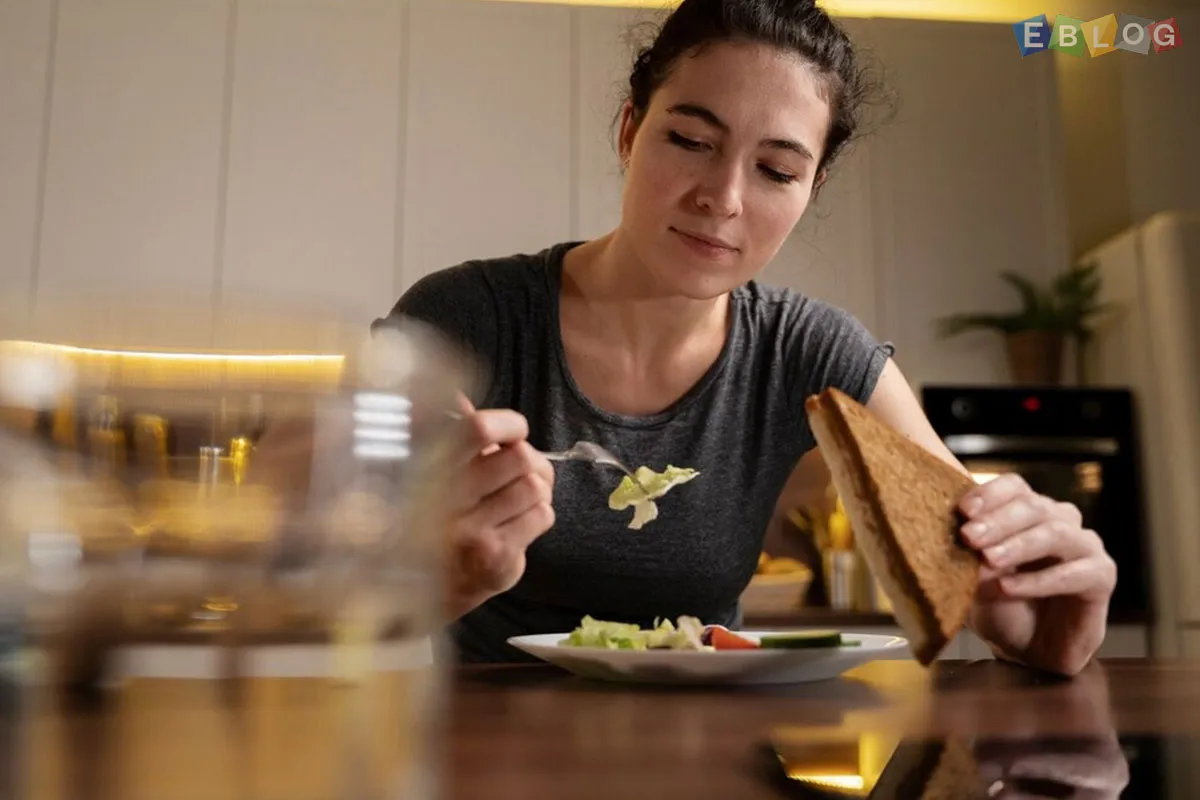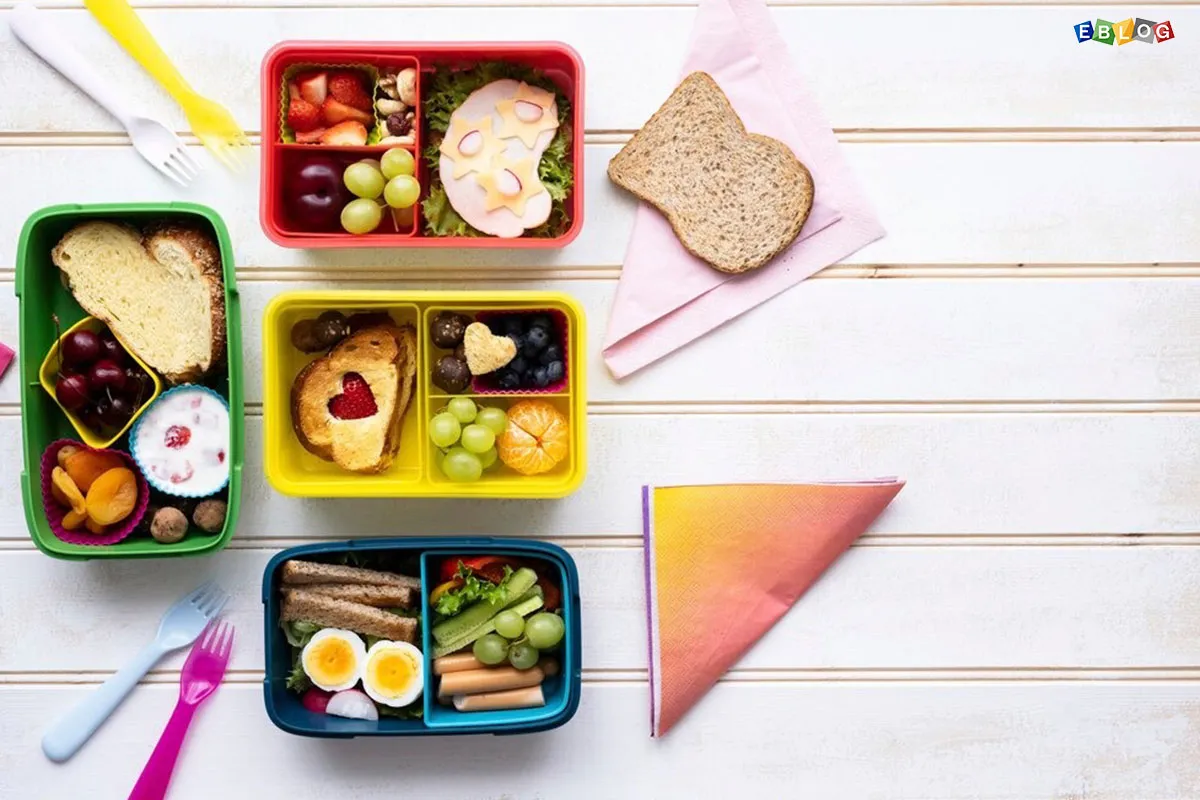
The Rise of Food Delivery Services in A Game Changer for Diners
- 02 Jul, 2024
- Food
- 519 Views
- 0 Comments
In the fast-paced world we live in today, convenience has become a key factor in our daily routines. One significant shift that has revolutionized the dining experience is the rise of food delivery services. From busy professionals to families looking for a hassle-free dinner option, food delivery services have transformed how we eat. Let’s explore how this game-changing trend is reshaping the dining landscape.
1. Convenience at Your Fingertips
One of the most significant advantages of food delivery services is the unparalleled convenience they offer. With just a few taps on a smartphone, a wide variety of meals can be delivered straight to your doorstep.
a. Ease of Use: Apps and websites from companies like Uber Eats, DoorDash, and Grubhub make ordering food simple and user-friendly.
b. Time-Saving: For those with hectic schedules, food delivery eliminates the need to cook or dine out, saving valuable time.
2. Diverse Culinary Options
Food delivery services provide access to a vast array of culinary options, catering to diverse tastes and dietary needs.
a. Global Cuisine: From sushi and Italian to Indian and Mexican, diners can explore international flavors without leaving their homes.
b. Special Dietary Needs: Many services offer filters for vegan, gluten-free, and other special dietary requirements, making it easy to find suitable meals.
3. Support for Local Businesses
The rise of food delivery services has also provided a significant boost to local restaurants and eateries.
a. Increased Reach: Small businesses can reach a broader customer base without the need for physical expansion.
b. Marketing Opportunities: Partnering with delivery platforms often includes marketing support, helping local eateries gain visibility and attract new customers.
4. Enhanced Customer Experience
Food delivery services have elevated the overall dining experience through features designed to enhance customer satisfaction.
a. Real-Time Tracking: Customers can track their orders in real-time, reducing the uncertainty of delivery times.
b. Customer Reviews: Platforms allow customers to read and leave reviews, helping others make informed choices and encouraging high standards among restaurants.
c. Customization: Many apps offer options to customize orders, ensuring that meals meet specific preferences and needs.
5. Innovative Technologies
Technological advancements have played a crucial role in the success of food delivery services.
a. AI and Machine Learning: These technologies help predict customer preferences, optimize delivery routes, and improve overall efficiency.
b. Contactless Delivery: In response to the COVID-19 pandemic, many services introduced contactless delivery options to ensure safety and peace of mind for customers.
6. Economic Impact
The food delivery industry has not only transformed the dining experience but also created significant economic opportunities.
a. Job Creation: The rise of delivery services has led to the creation of numerous jobs for drivers and support staff.
b. Gig Economy: Food delivery has become a prominent part of the gig economy, offering flexible work opportunities for many individuals.
7. Challenges and Considerations
While the rise of food delivery services has many benefits, it also presents challenges that need to be addressed.
a. Environmental Impact: The increase in packaging waste and carbon emissions from deliveries raises environmental concerns. Companies are exploring sustainable packaging and eco-friendly delivery options to mitigate this impact.
b. Restaurant Margins: High commission fees charged by delivery platforms can affect the profitability of restaurants. There is a growing call for more equitable fee structures to support local businesses.
Conclusion
The rise of food delivery services has undeniably changed the dining landscape, offering unparalleled convenience, diverse culinary options, and support for local businesses. As technology continues to evolve, these services will likely become even more integrated into our daily lives, further transforming how we experience food. While there are challenges to address, the benefits for diners and the food industry are clear, making food delivery a game-changer in the modern world.














Leave a Reply